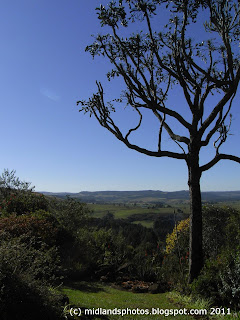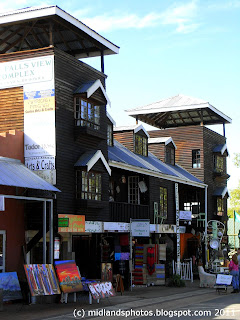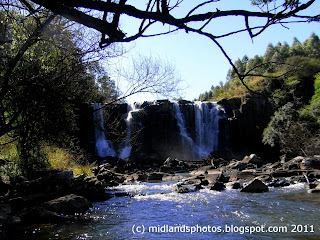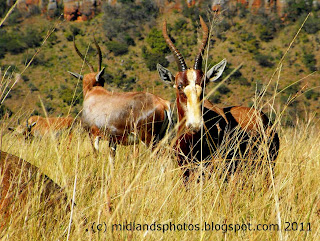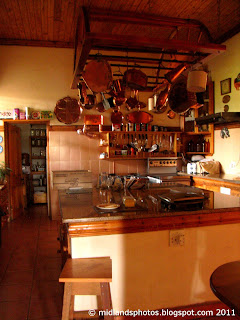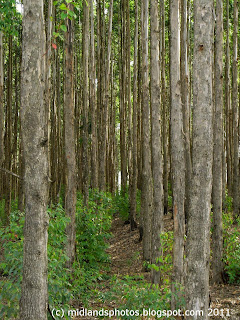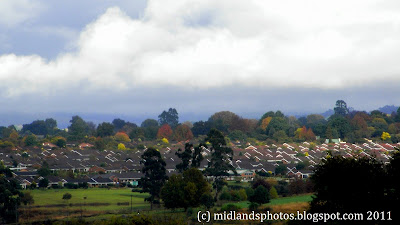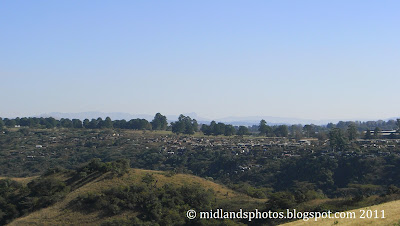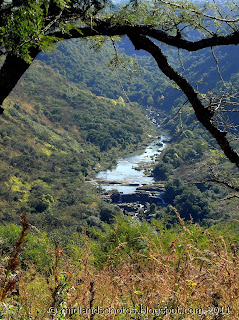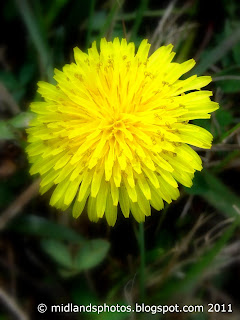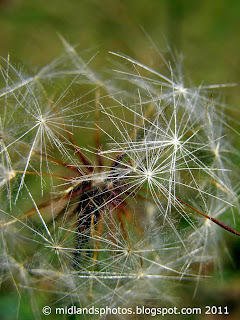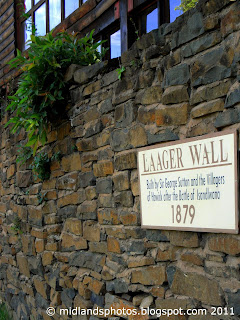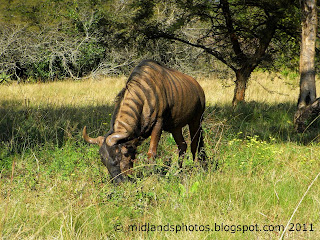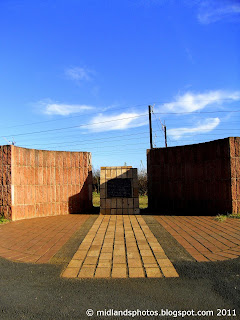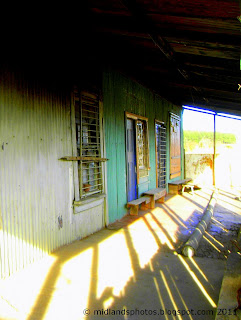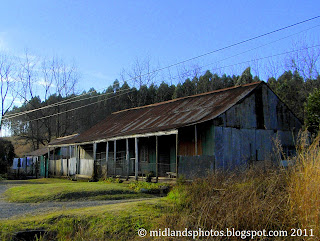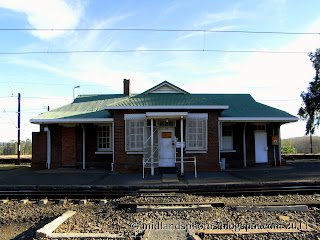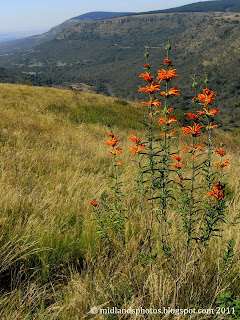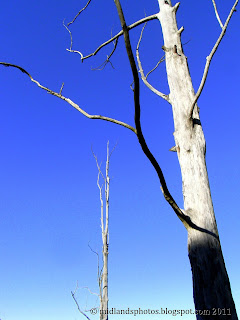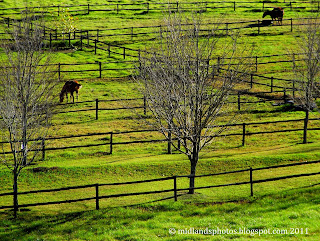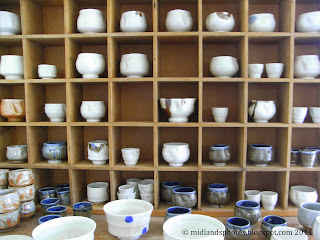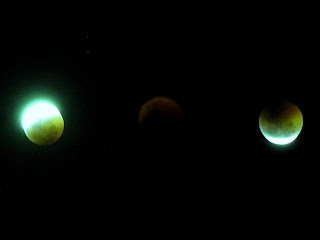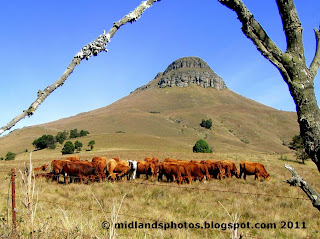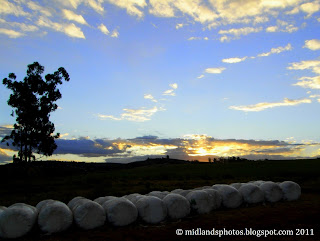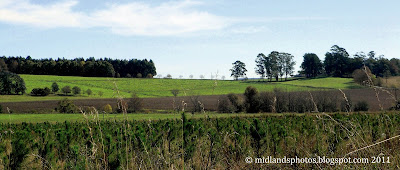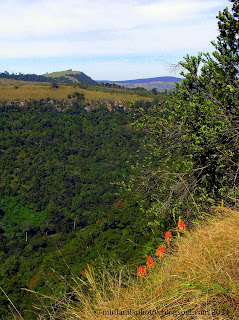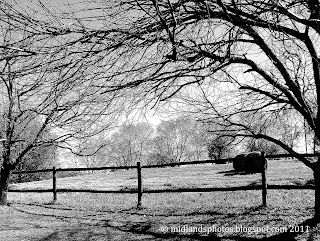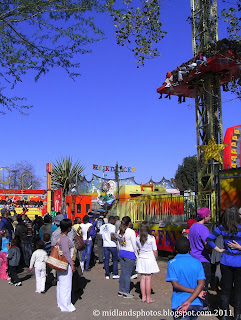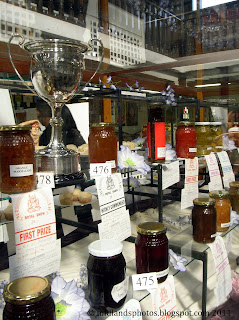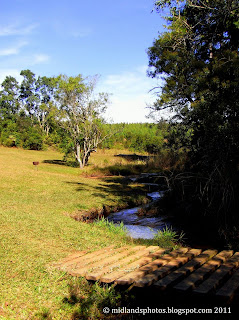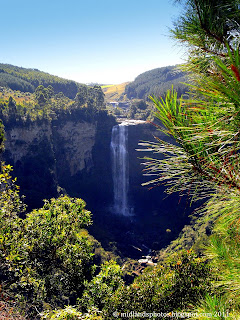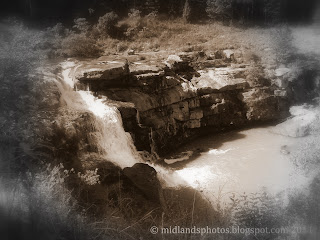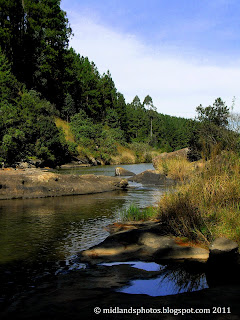Not every venture in the Midlands seems to be a resounding winner. I often wonder what it is that makes a business a success. Some years back I knew a restaurateur who had what I imagined was every ingredient for success, and yet his venture never did anything beyond modest trade. Forced by circumstances to move to less salubrious premises he set up again, same team, same menu less swish décor - and business boomed. Go figure! Here in the Lions River area I came across what appears to be a discontinued eatery. Not far from it are two others, directly across the road from one and other. The one is generally buzzing, the other not so much. This place looked as though it had great potential, and yet the image tells me otherwise. As we say locally - shame!
The premises with an eerie sense of emptiness and shadows makes both a fascinating monochrome study and a colour shot. I've chosen to post the colour version - which seems to hint more strongly of ghosts of hosts gone by.
